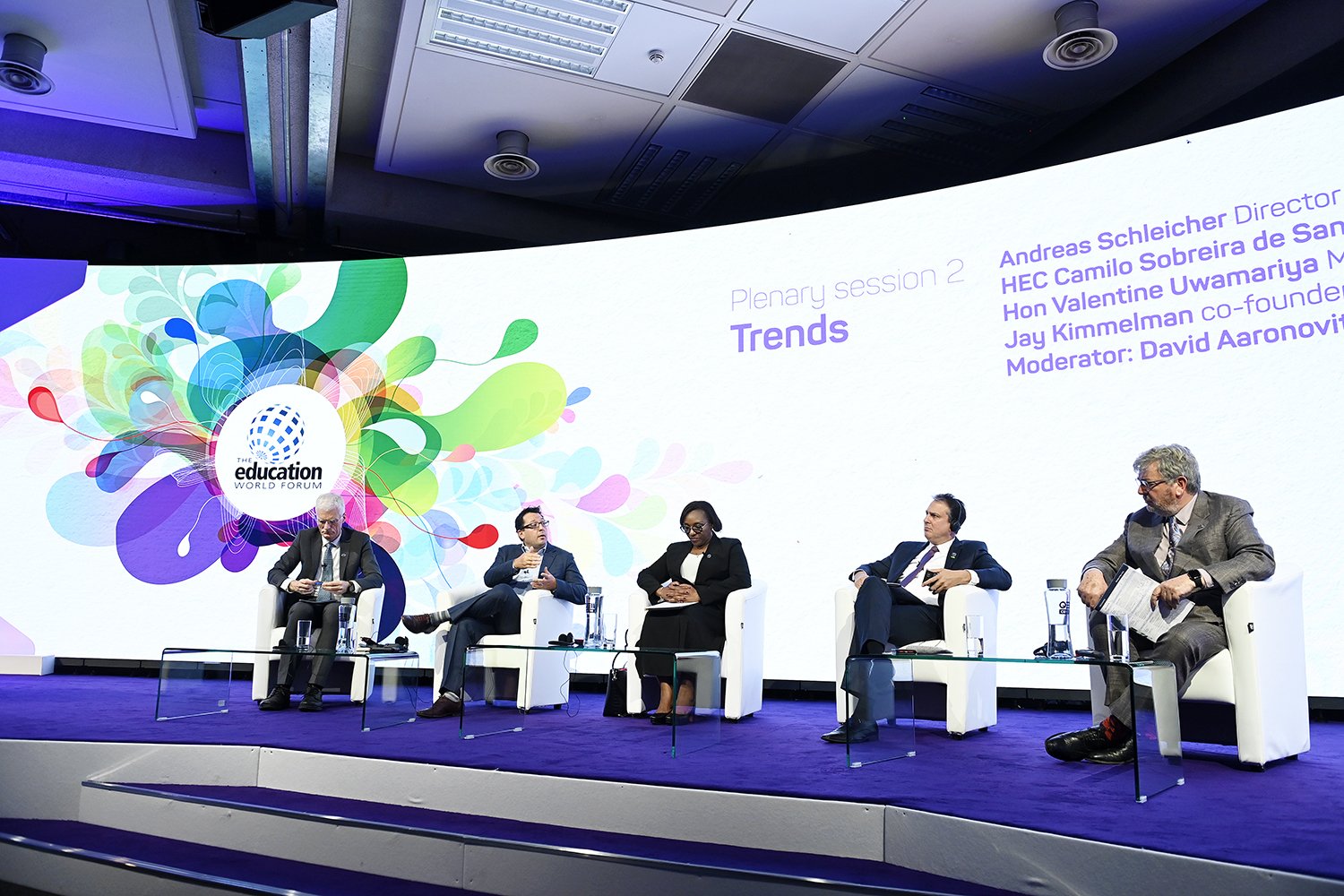Austin Peay State University students develop 3D chemical compound library using VR
Dr. Anuradha Pathiranage, assistant professor of chemistry, works with students from the College of STEM on an interdisciplinary VR project. Pictured, from left: Pathiranage, Calleway Schmidt, Ashton Cromwell and Owen Fink. | Photo by Ally Shemwell
A group of students at Austin Peay State University is advancing the application of virtual reality in chemistry education by developing a 3D library of chemical compounds.
The project, an extension of the STEM Scholars programme led by Drs. Anuradha Pathiranage and Mike Wilson has developed into a standalone course. With funding from a CoSTEM Innovative Teaching Mini-grant, the project draws on the expertise of professors across chemistry and computer science departments to enhance VR technology in STEM education.
Dr. Anuradha Pathiranage, a professor in the Department of Chemistry, noted the educational benefits of transitioning from 2D to 3D visualisation:
"Chemistry is a complex subject. We are looking at structures all the time, but usually in 2D. When students see the 3D structures, especially protein molecules and larger structures, they can understand the concept better. We have a lot of goals in the future; we are planning to do a library of compounds."
The project team consists of students from various disciplines. Owen Fink, Kaleb Scott, and Peggy Lewis, all studying computer science, focus on software development aspects such as coding and user interface design.
Calleway Schmidt, an engineering physics student, handles documentation and will later manage graphic design tasks. Ashton Cromwell, a chemistry major, ensures the accuracy of the chemical content within the VR environment.
Owen Fink described the software's architecture:
"Our program consists of three main factors: user interface, displaying data, and gathering information. Our end goal is mass spectrum, which is part of the interface, but before we can tackle that, we have to have a functional base."
Kaleb Scott emphasised the interdisciplinary nature of their work:
"It's a crash course in everyone else's discipline. We can resolve almost anything through communication, whether it's explaining from our computer science perspective what we're capable of doing or understanding what kind of features they want us to implement from a chemistry standpoint."
The VR technology developed could be useful not only in educational settings but also in professional research labs. It aims to improve how students and researchers visualise and interact with molecular structures.
Scott further explained the visualisation advantages provided by VR, stating:
"You can draw a compound or molecule on the board, but it's flat. With VR, we're seeing it the way we would actually see it in the real world because it makes use of both eyes so that you actually see everything in 3D.”
Scott noted that many molecules with nearly identical chemical structures are difficult to distinguish on a 2D plane; however, VR simplifies this identification process:
“They look almost the same, except there's a certain spot that's turned differently, and it makes the composition completely different. In 2D, it's difficult to tell the difference between the two things, but in 3D, it can be quite obvious."
The project's code and documentation are hosted on GitHub, promoting open-source collaboration. It was presented publicly for the first time at the National Social Science Association Conference in Las Vegas, where it was well-received.
The team plans future enhancements, including interactive features that will allow users to manipulate molecular structures directly within the VR environment.
Reflecting on the project's progress and future, Scott concluded:
"We have a base we're working from now to figure out exactly what we're doing and adding in features that we want. We want to interact with molecules, break them apart and move them around as opposed to just generating them."









